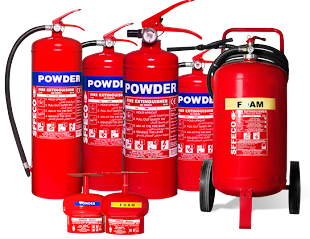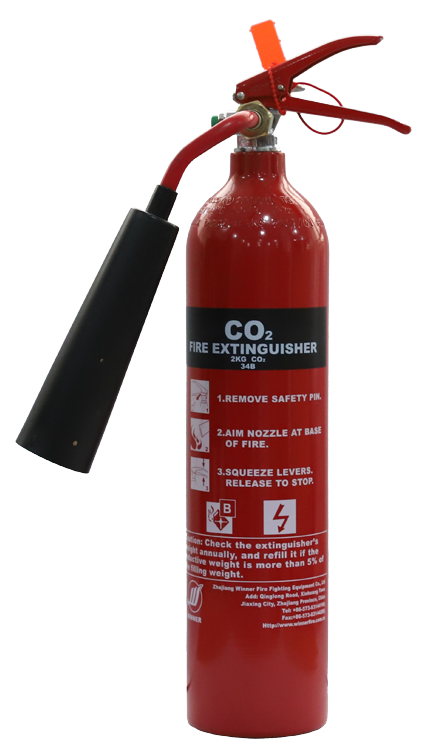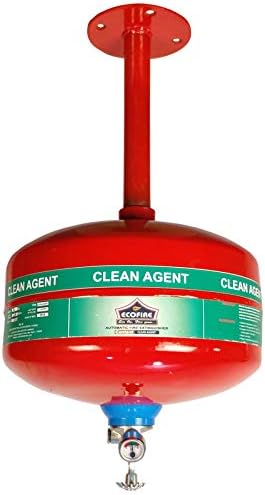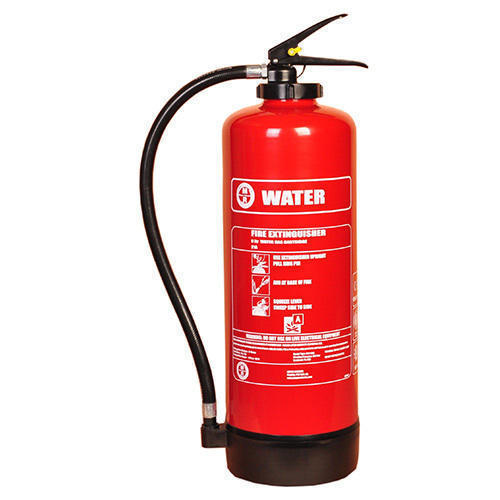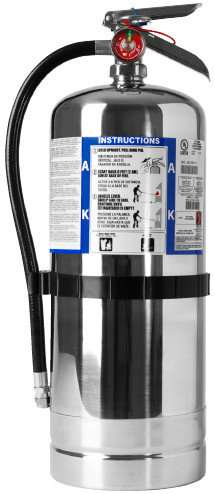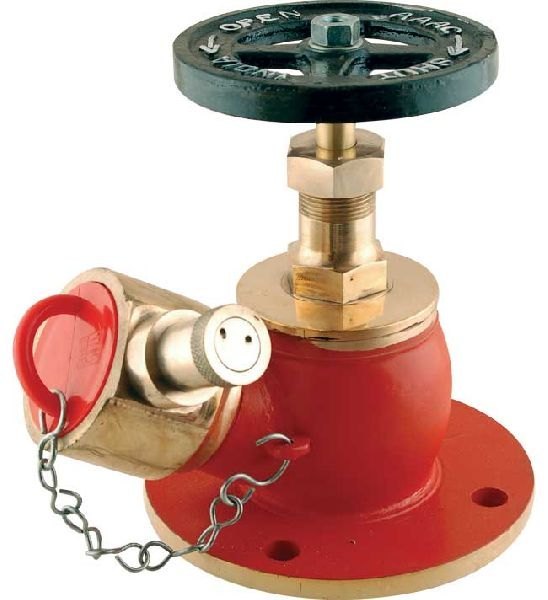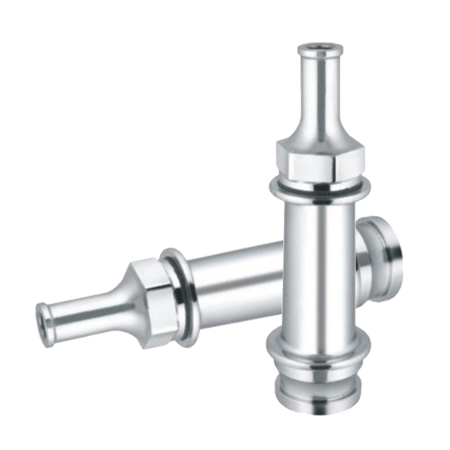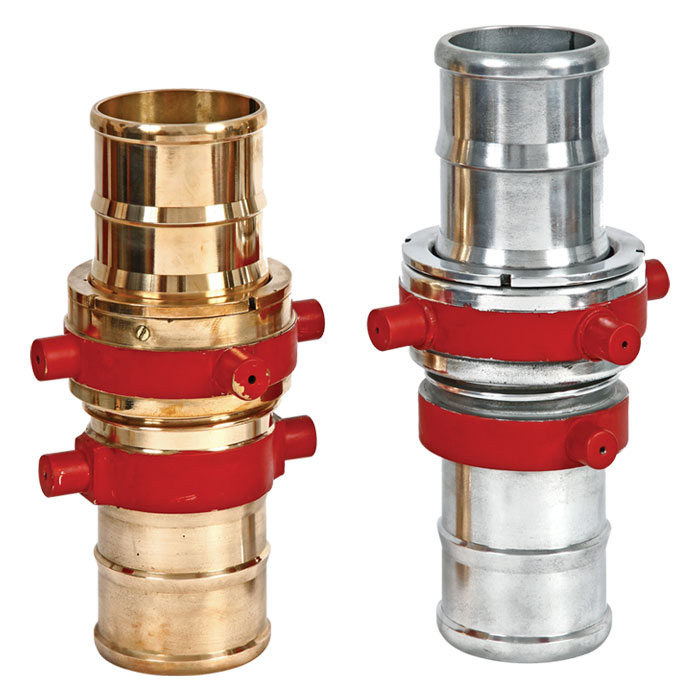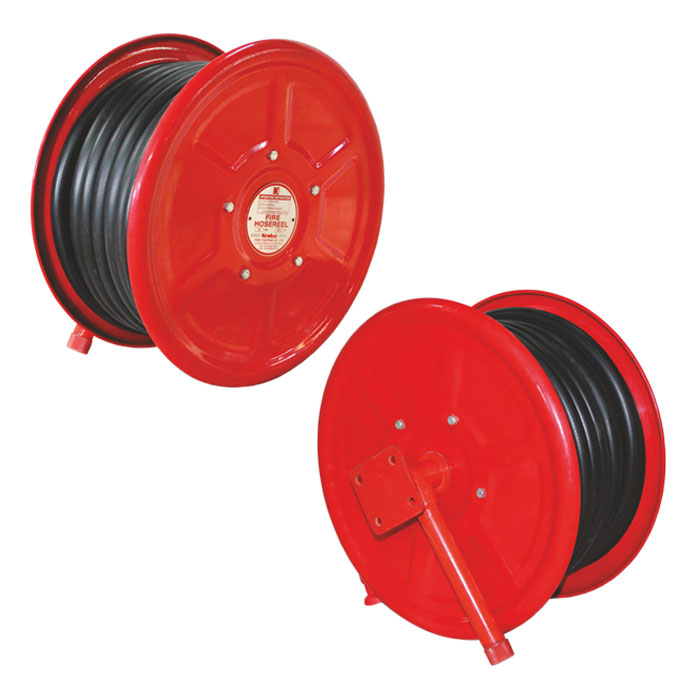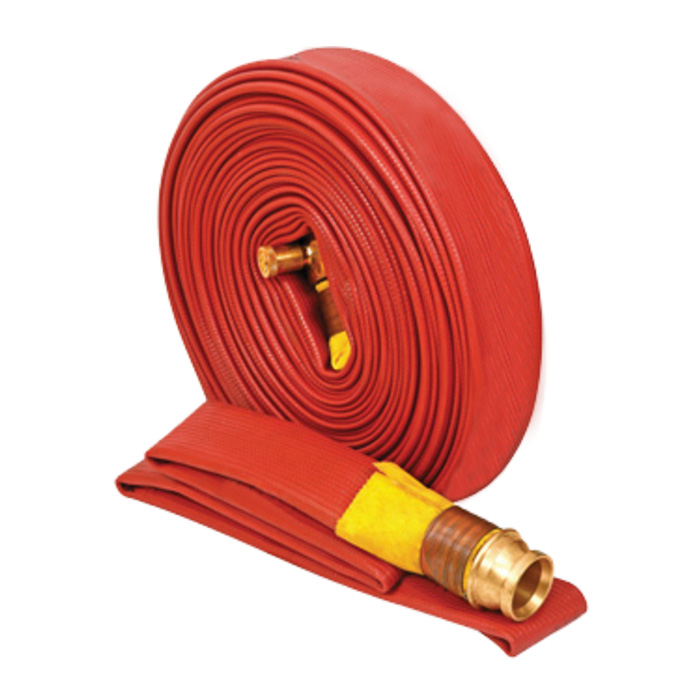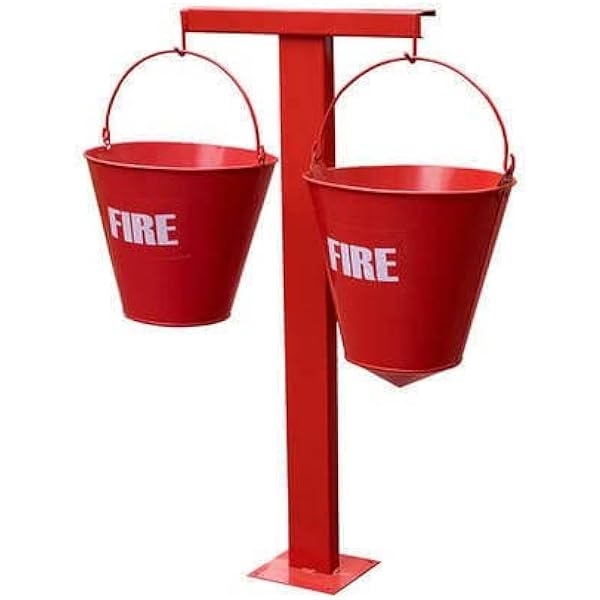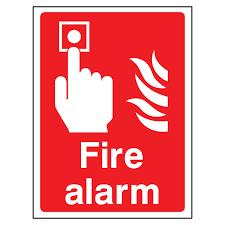Foam Type Fire Extinguishers
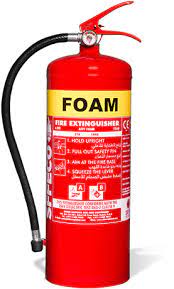
Foam type fire extinguishers are versatile firefighting tools designed to combat various classes of fires, particularly those involving flammable liquids. Here’s a detailed overview:
Composition
- Foam Solution: These extinguishers contain a mixture of water and a foaming agent. The foam expands when expelled, creating a blanket over the fire.
Fire Classes
- Class A: Ordinary combustibles like wood, paper, and textiles.
- Class B: Flammable liquids such as gasoline, oil, and solvents.
- Not Suitable for Class C: Generally not recommended for use on electrical fires unless the foam is specifically rated for such applications.
Mechanism of Action
- Smothering Effect: The foam blankets the burning material, cutting off the oxygen supply and preventing re-ignition.
- Cooling Effect: The water component helps cool the fire and surrounding materials.
Advantages
- Versatility: Effective on both solid combustibles and flammable liquids, making them suitable for various environments.
- Reduced Risk of Re-Ignition: The foam’s smothering action helps prevent the fire from reigniting.
- Effective for Liquid Fires: The foam floats on top of flammable liquids, creating a barrier to suppress flames.
Considerations
- Cleanup: The foam can create a mess, so cleanup may be required after use.
- Environmental Impact: Some foam agents may have environmental considerations, so it’s important to check local regulations.
Maintenance
Regular checks are necessary to ensure effectiveness:
- Inspect for proper pressure and fullness.
- Check hoses and nozzles for blockages.
- Ensure the extinguisher is within the required maintenance schedule.
Usage
To use a foam extinguisher, follow the PASS method:
- Pull the pin.
- Aim at the base of the fire.
- Squeeze the handle.
- Sweep the nozzle side to side, applying foam generously to cover the fire.
In summary, foam type fire extinguishers are effective and versatile, particularly for flammable liquid fires, and are valuable tools for both industrial and commercial applications.


